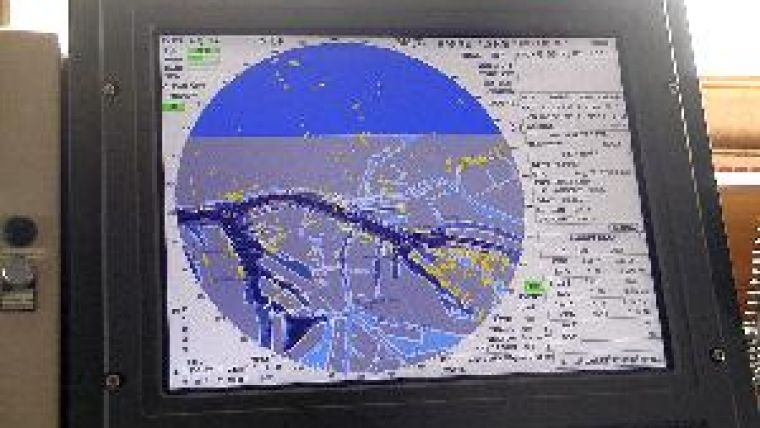The IMO e-Navigation Concept and the IHO S-100 Data Standard
e-Navigation is a concept being developed under the auspices of the UN’s International Maritime Organization (IMO) to bring about increased safety and security in commercial shipping through better organisation of data on ships and onshore, and better data exchange and communication between the two. The IHO is involved in the development of the e-Navigation concept to ensure that any underpinning hydrographic standards, products or services are in place from the beginning.
A significant challenge for e-Navigation is how to efficiently capture and subsequently transfer the many forms of non-hydrographic data and information in the e-navigation domain in a relatively seamless, standardised and efficient way. At present, most maritime-related information is little more than textual-based messaging or verbal communication. This includes vessel radio reporting, the broadcast of Maritime Safety Information (MSI) through NAVTEX and SafetyNet, Vessel Traffic Services (VTS) and weather reports. Nautical charting services stand out as an exception.
The IHO has already developed standardised methods of codifying, encapsulating, and subsequently transferring and distributing hydrographic and charting data using its well-established S-57 data exchange standard which is also the base standard for electronic navigational charts (ENCs). But most other maritime data and information is neither digital nor standardised as yet.
Following on from S-57, the IHO has recently developed a contemporary digital data transfer standard that will support its ‘next-generation' ENCs, digital nautical publications and supporting symbology, all of which will be part of e-Navigation in the future.
Most significantly and by design, the new standard, known as S-100 and introduced in January 2010, is compatible with the ISO 19100 series of geographic data standards. Because of this, increasing levels of interest have been shown by various would-be e-Navigation data providers to use S-100 and its supporting geospatial information (GI) registry as one mechanism for standardising the digital data capture of maritime information, especially where there are no other recognised underpinning data standards. Examples are:
- Sea Ice Coverage Overlays by the World Meteorological Organization (WMO)
- Extended continental shelf boundary claims data of the UN Department by the Administration of the Law of the Sea (UNDOALOS)
- Inland ENC requirements by the international Inland ENC Harmonization Group
- Aids-to-Navigation (AtoN) metadata requirements by the International Association of Aids to Navigation and Lighthouse Authorities (IALA)
Any product specifications or standards that are developed using the S-100 standard will be adopted and maintained by the relevant contributing authority or organisation; the IHO has no controlling role - other than for its own hydrographic standards. These principles are explained in IHO publication S-99 - Operational Procedures for the Organization and Management of the S-100 GI Registry. Taking this into account, the IMO's Correspondence Group on e-Navigation is now recommending to the IMO that the IHO S-100 standard should be considered as the baseline data structure for maritime information in e-Navigation.
For more about S-100, S-99 and the GI registry go to the IHO website at www.iho.int

Value staying current with hydrography?
Stay on the map with our expertly curated newsletters.
We provide educational insights, industry updates, and inspiring stories from the world of hydrography to help you learn, grow, and navigate your field with confidence. Don't miss out - subscribe today and ensure you're always informed, educated, and inspired by the latest in hydrographic technology and research.
Choose your newsletter(s)
























